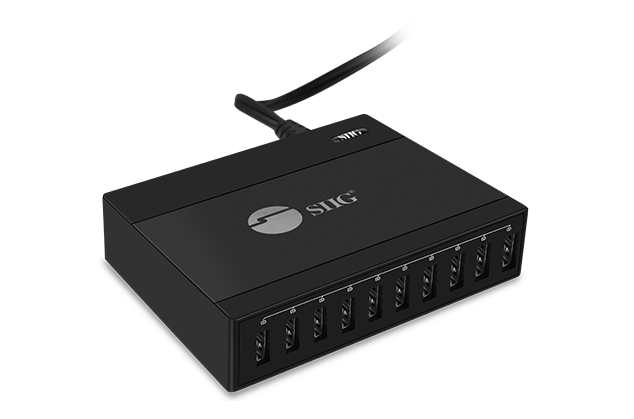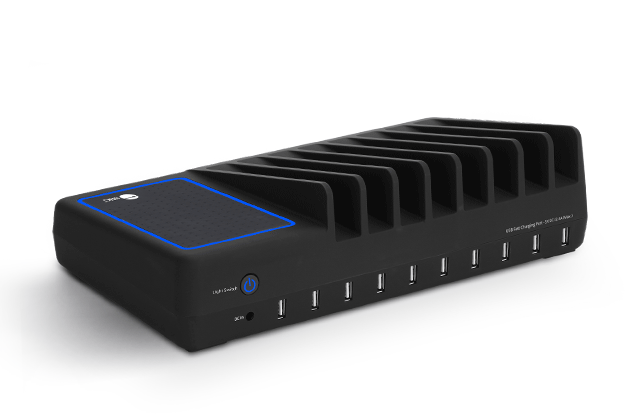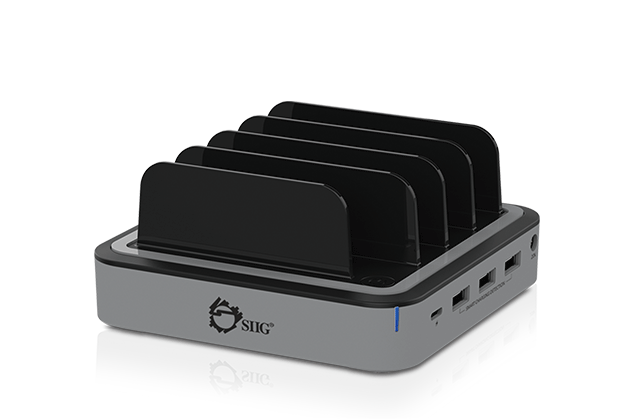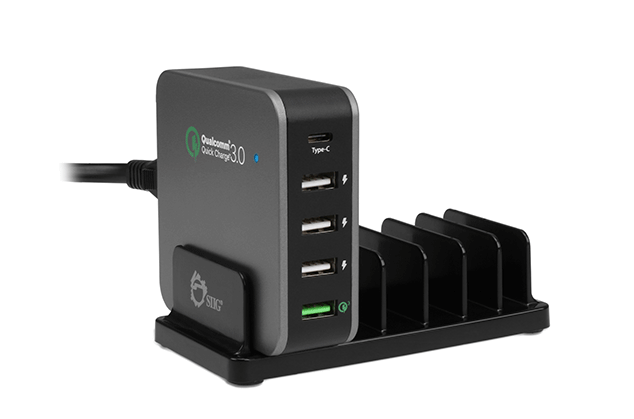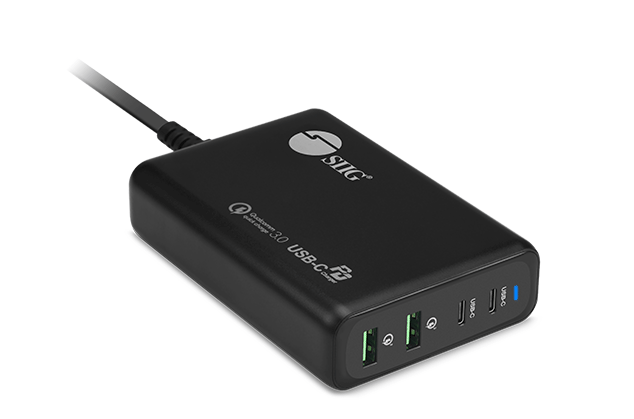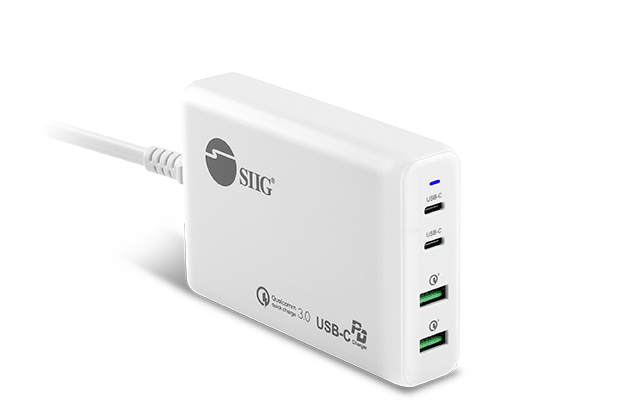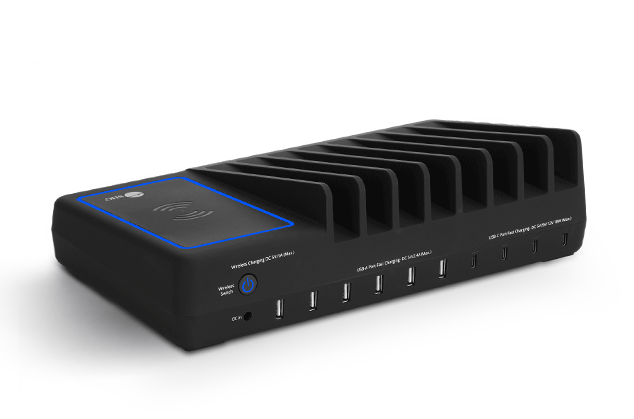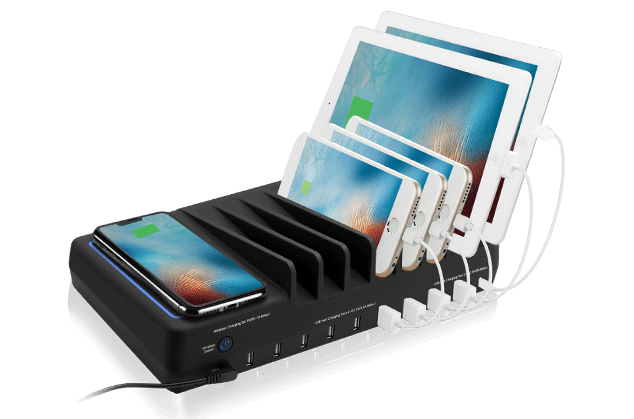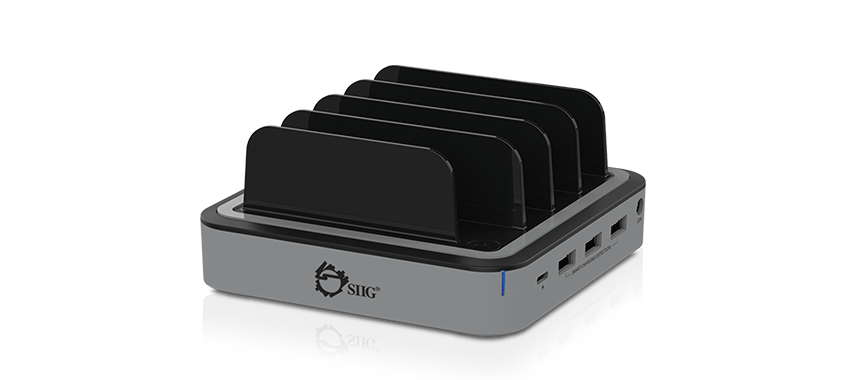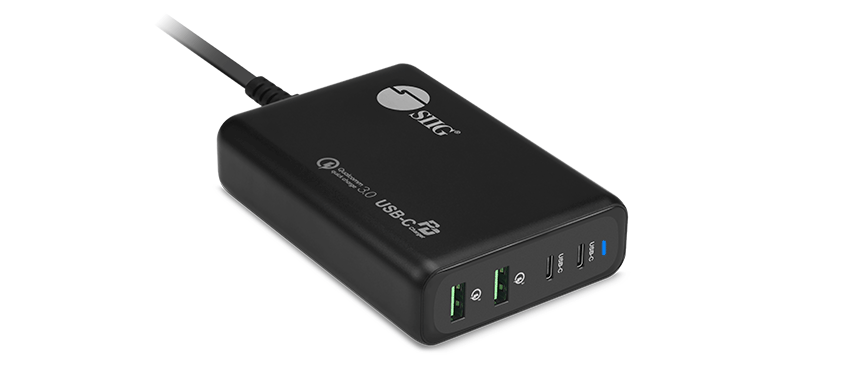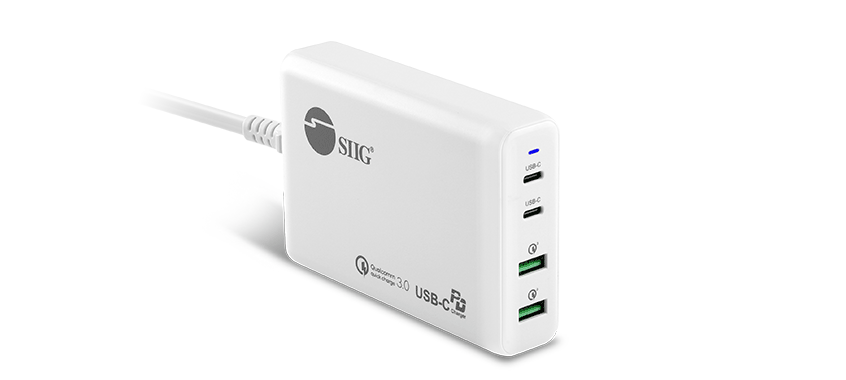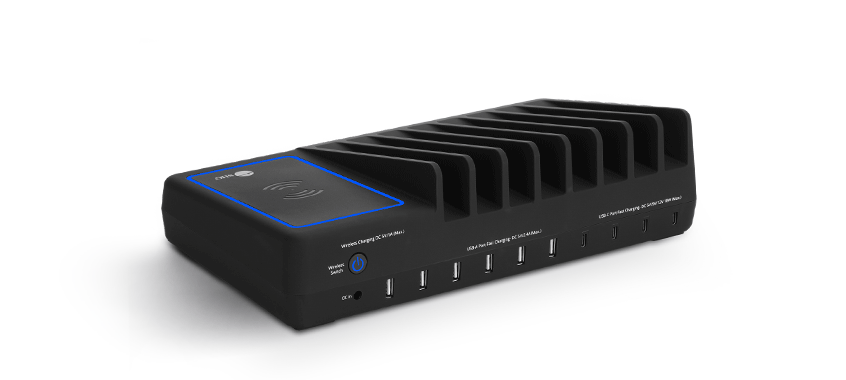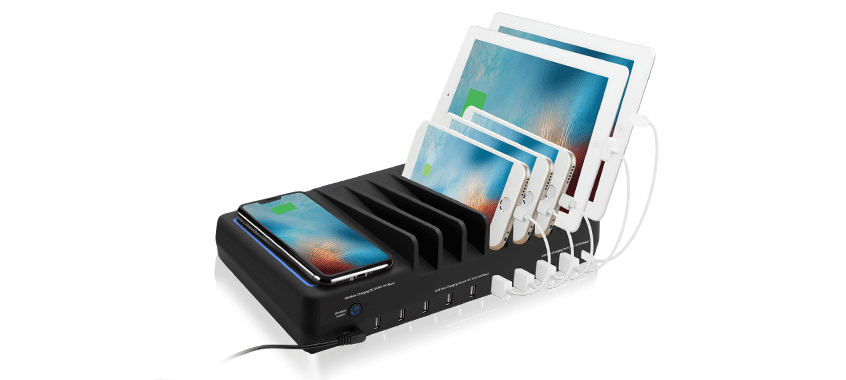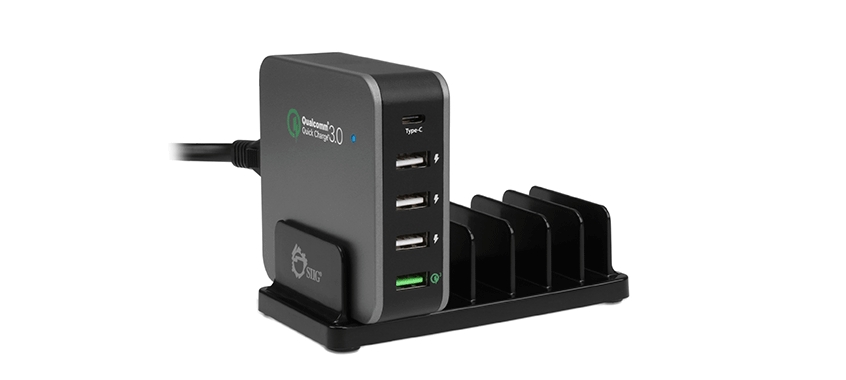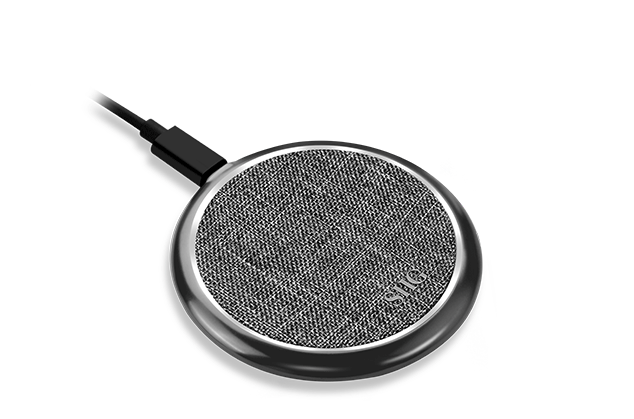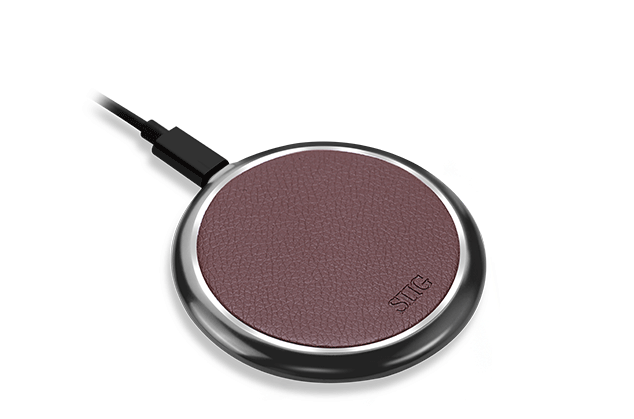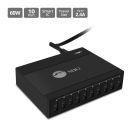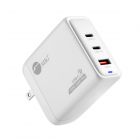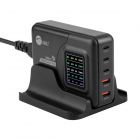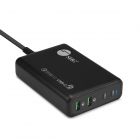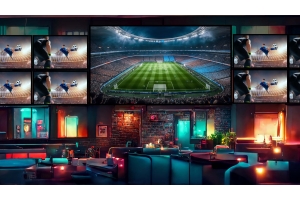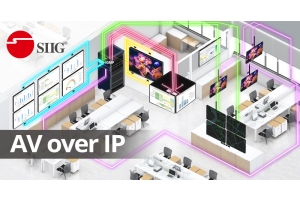We use cookies to make your experience better. To comply with the new e-Privacy directive, we need to ask for your consent to set the cookies. Learn more.
Chargers
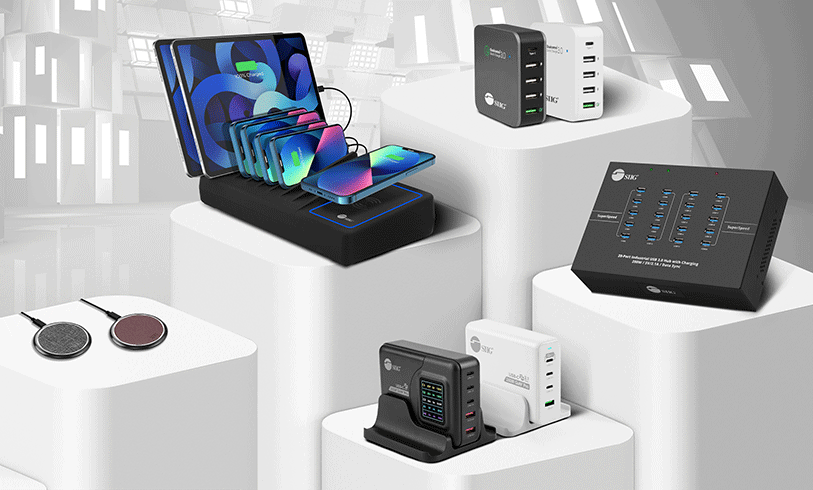
Choosing the Right Charger to Meet Your Needs?
In today's world, where we use smartphone, tablet, and laptop constantly, maintaining their optimal charge is essential for productivity and time efficiency.
If you are seeking a reliable and efficient solution to swiftly power up your USB devices, then SIIG's chargers are the best solution for you. Experience the epitome of charging speed and convenience that keeps you on the go!
Before Buying a Charger:
1. Verify Compatibility: Ensure the charger you choose is compatible with your devices, considering the specific ports required and conform your device and charger are either standard charging or fast charging.
2. Match Power Output: Check the power output of the charger matches your charging requirements. If your smartphone is 12W specification, then you should select the charger is 12W or above.
3. Stick to Original Cables: Utilize the original charging cables that came with your device. Generic or low-quality cables may have higher resistance, leading to slower charging speeds. If you need USB-PD charging power over 60W, please ensure using the USB-C to USB-C cable with e-mark support to enable power over 60W and ensure a reliable, safe, and swift charging experience.
Types of Chargers
1. USB Chargers
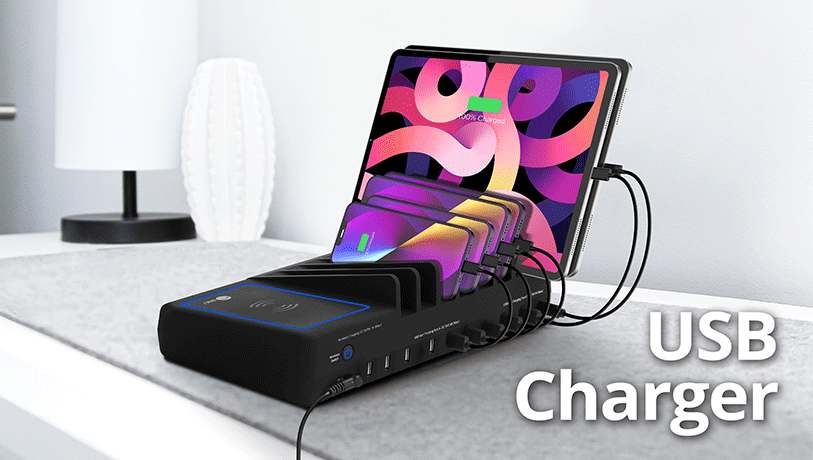
A USB charger is a power adapter that converts AC power use an outlet to the DC power that most portable electronic devices use. It consists of a power brick with a USB output port, and a USB cable that connects the power brick to the device being charged.
USB chargers come in various shapes, sizes, and power outputs, catering to specific devices or offering more universal compatibility. The charger's power output is measured in watts, so it's essential to select the appropriate wattage to match your devices and achieve the optimal charging rate.
The USB Maximum Power Output Standards
| Interface | Max. Watts | Max. Amps | Volts |
|---|---|---|---|
| USB 1.0/1.1/2.0 | 2.5W | 500mA (0.5A) | 5V |
| USB 3.0/3.1/3.2 | 4.5W | 900ma (0.9A) | 5V |
| USB 3.0/3.1/3.2 (non-PD) | 15W | 3A | 5V |
| USB 4.0 | 7.5W/15W | 1.5A/3A | 5V |
| USB Battery Charging (BC 1.2) | 7.5W | 1.5A | 5V |
To calculate the wattage of a device, use the formula: Watts= Volts x Amps.
For example, if your smartphone requires fast charging and needs 9 volts at 2 amps, you can determine the power it needs by multiplying the voltage (9 volts) by the amperage (2 amps): Watts= 9 volts x 2 amps= 18 watts.
So, your smartphone requires 18 watts of power for fast charging. When selecting a fast charger, make sure it provides 18 watts or more to ensure efficient charging for your device.
The three Types of Battery Charging 1.2 in a USB connection are:
1. Standard Downstream Port (SDP): This is non-battery charging USB ports. It can provide up to 500mA/900mA max current of power.
2. Charging Downstream Port (CDP): This type of port can delivery both data and power and provide up to 1.5A max current of power for laptops, tablets, or other devices.
3. Dedicated Charging Port (DCP): This type of port can provide up to 1.5A max current of power and support only charging, no data transfer.
| Type | Support BC 1.2 | Voltage | Current |
|---|---|---|---|
| SDP | No | 4.75V-5.5V | 500mA (USB 2.0), 900mA (USB 3.2) |
| CDP | Yes (Both data & power) | 4.75V-5.5V | 1.5A |
| CDP | Yes (power only) | 4.75V-5.5V | 1.5A |
In general, charging a smartphone or tablet with a standard USB charger takes around 2-3 hours. So, with a fast charger, this time can be reduced to as little as 30 minutes (* the newer generation charger offers even faster charging, depending on your device model and charger). Laptops generally require longer charging times, which can vary based on the specific model and battery size.
Types of USB Chargers
• Wall chargers: These chargers plug directly into an AC outlet and are the most common type of USB charger.
• Car chargers: These chargers plug into the cigarette lighter socket in your car, providing a convenient way to charge your devices while you are on the go.
• Desktop chargers: Ideal for desk use, these chargers provide multiple USB ports, allowing you to charge multiple devices simultaneously. They offer a convenient and organized charging solution for various devices.
SIIG Best Wall Charger & Car Charger Types
 |
 |
| AC-PW1A22-S1 Fast Charging USB Wall Charger & Car Charger Bundle Pack- White |
AC-PW1A12-S1 Fast Charging USB Wall Charger & Car Charger Bundle Pack- Black |
SIIG Best Desktop Charger Types
2. Power Delivery (PD) Chargers
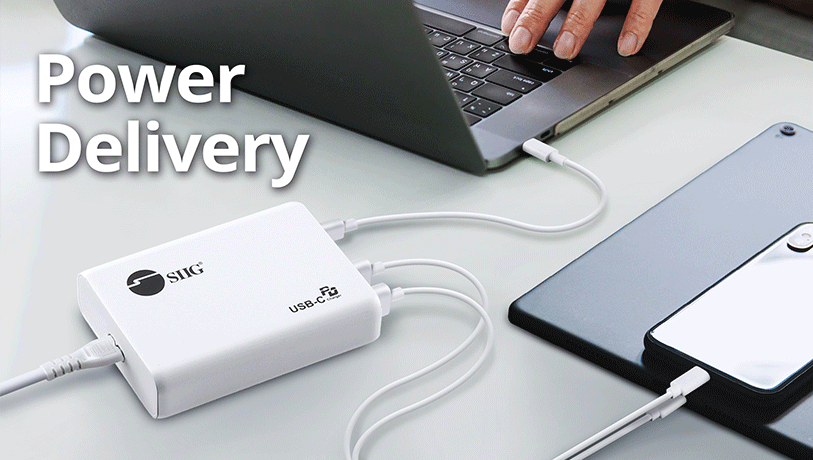
If your devices support faster charging, using a high-power charger can significantly reduce charging times compared to standard chargers.
Developed by the USB Implementers Forum (USB-IF), Power Delivery (PD) allows chargers to communicate with devices to deliver the optimal power. PD is widely supported by smartphones, tablets, laptops, and various other devices.
Benefits of Power Delivery include:
• Fast charging: PD can provide up to 20 volts and 5 amps of power, suitable for most devices. The newer PD 3.1 with Extended Power Range (EPR) can deliver up to 240W and is backward compatible with earlier version. (*Note: To full leverage the capabilities of PD 3.1, you will need a PD 3.1 charger and a device that supports PD 3.1)
• Wide compatibility: PD is compatible with various devices, including smartphones, tablets, laptops.
• Safe and efficient: PD incorporates safety features, including overvoltage, overcurrent, and short circuit protection, safeguarding devices against damage.
| Interface | Max. Watts | Max. Amps | Volts |
|---|---|---|---|
| USB Power Delivery (PD) 1.0~3.0 | 100W | 5A | 5V, 9V, 12V, 15V, 20V |
| USB Power Delivery (PD) 3.1 | 240W | 5A | 5V, 9V, 12V, 15V, 20V, 28V, 36V, 48V |
3. Qualcomm Quick Charge (QC)

It is a proprietary fast charging technology developed by Qualcomm and supported by a wide range of devices, including smartphones and tablets. To use Quick Charge, you need a device that supports Quick Charge and a Quick Charge charger.
| Version of Quick Charge | 1.0 | 2.0 | 3.0 | 4.0 / 4+ | 5.0 |
|---|---|---|---|---|---|
| Max. Power | up to 9V/1.8A |
up to 12V/1.6A |
up to 18V/1.8A |
up to 20V/5A |
up to 100W |
* Note:
- Quick Charge 4.0 and QC 4+ compatible with the USB Power Deliver standard.
- Quick Charge 5.0 is the latest version of the QC standard and compatible with the Programmable Power Supply (PPS) feature of the USB PD standard, making more faster
Benefits of QC include:
• Faster charging: can charge devices much faster than standard chargers.
• Wide compatibility: supported by a wide range of devices, including smartphones and tablets.
• Backward compatibility: such as use a Quick Charge 5.0 charger to charge a device that only supports Quick Charge 1.0. However, the device will only charge at the speed that it supports.
SIIG Best Combo Charger Types
4. Other
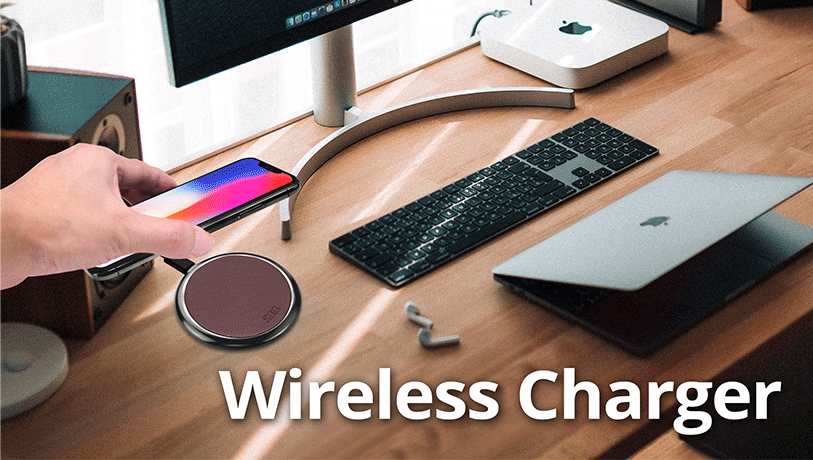
1. Wireless Charger (Qi Wireless Charger)
Allows you to charge your devices without having to plug them in. Qi is a wireless charging standard that is supported by a wide range of devices, including smartphones, tablets, and smartwatches.
To use Wireless Charging, you need a device that supports Qi and a Qi wireless charger. Qi chargers are typically flat pads that you place your device on. When you place your device on the charger, it will start to charge wirelessly.
The speed of Wireless Charging depends on the charger and the device. Some chargers can charge devices at speeds that are comparable to wired charging. Other chargers are slower, but they are still a convenient way to charge your devices without having to plug them in.
Benefits of Wireless Charger include:
• Convenience: can place your device on a wireless charger and it will start charging automatically.
• Safety: Wireless charging is a safe way to charge your devices. There is no risk of electric shock or fire.
• Universal compatibility: Qi Wireless Charging is supported by a wide range of devices.
SIIG Best Wireless Charger Types
Accessories
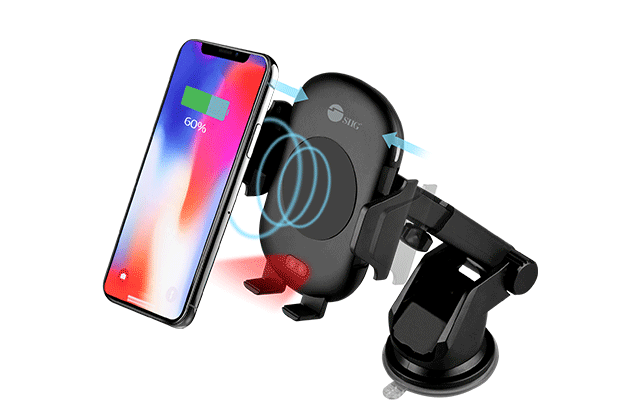 |
|||
| AC-PW1M11-S1 Auto-Clamping Wireless Car Charger Mount/Stand |
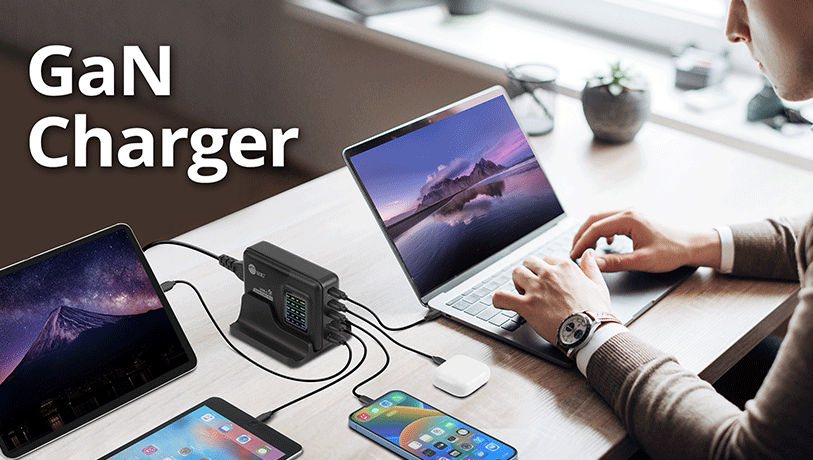
2. GaN Charger
GaN (Gallium Nnitride) is a semiconductor material that is an generate more power with less heat. This makes GaN chargers ideal for use in high-power applications, as they can deliver more power without overheating.
Benefits of GaN Charger include:
• • • If you have a USB-C PD charging port on monitor and comes with a certified charging cable, you can conveniently power your laptop without relying on a wall outlet. However, it is important to note that not all monitors deliver the same amount of power or offer charging capabilities, please refer to the monitor manual for specific information. In conclusion, by carefully evaluating the charger's output power, compatibility, safety features, and your devices' specific requirements, you can make an informed decision and choose the charger that best suits your setup.
SIIG Best GaN Charger Types
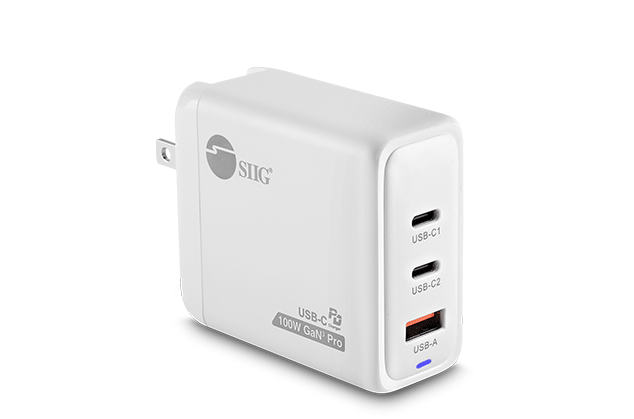
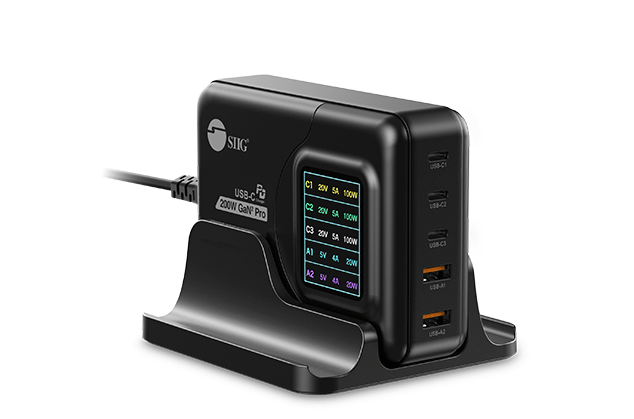
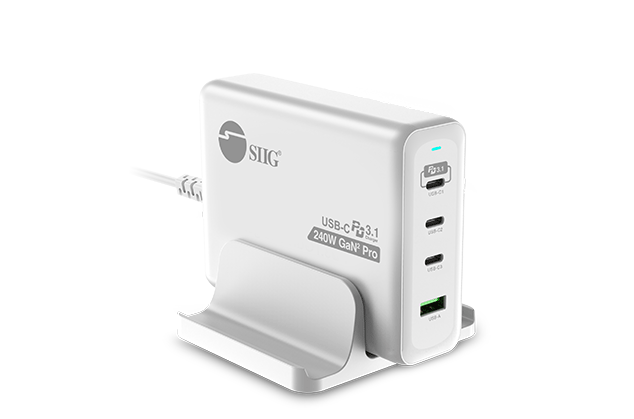
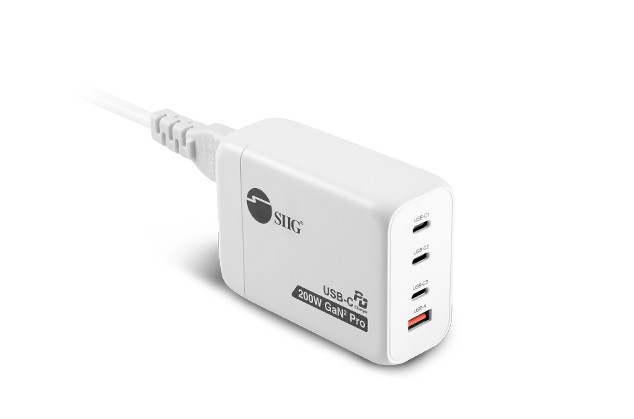
AC-PW1Z11-S1
100W GaN PD Combo Charger - 2C1AAC-PW1Y11-S1
200W GaN PD Charger with Charging Display - 3C2AAC-PW1X11-S1
240W GaN PD 3.1 Charger - 3C1AAC-PW1V11-S1
200W GaN PD Combo Charger - 3C1A
3. Display Charger

